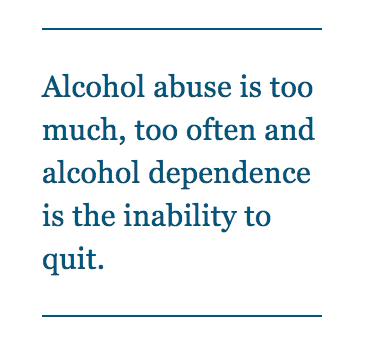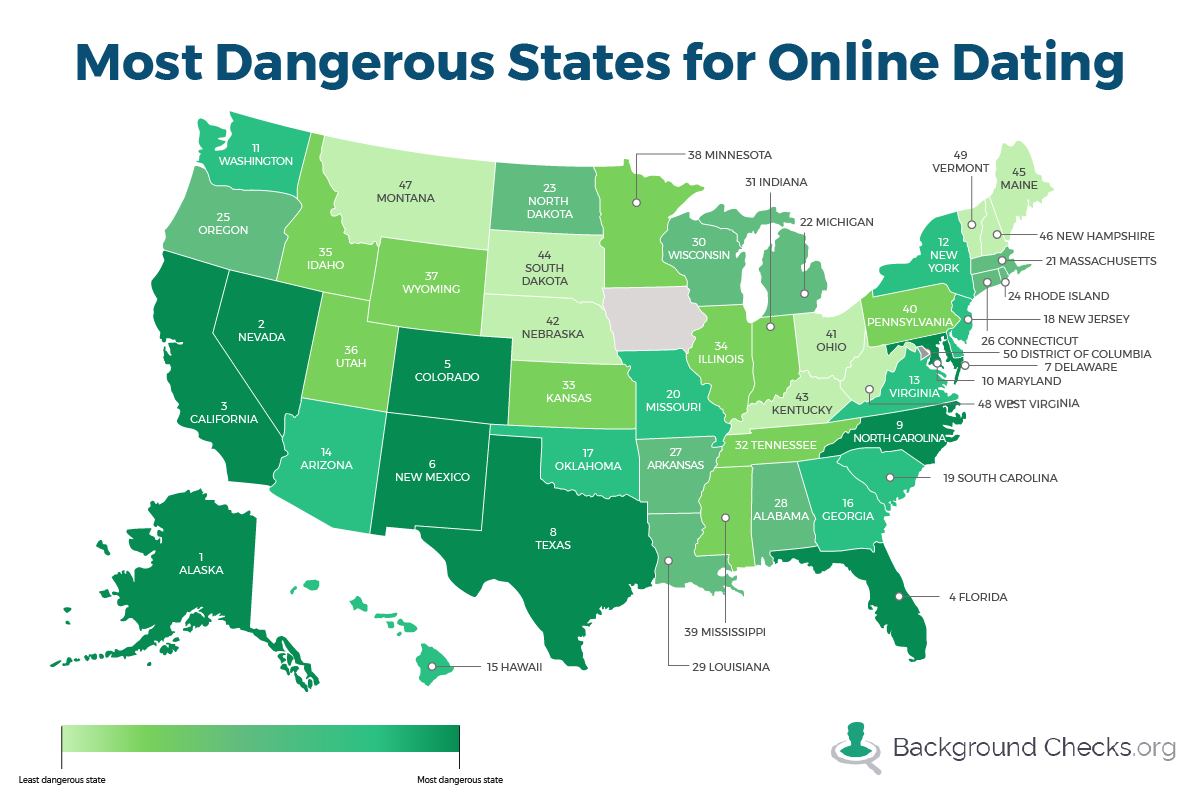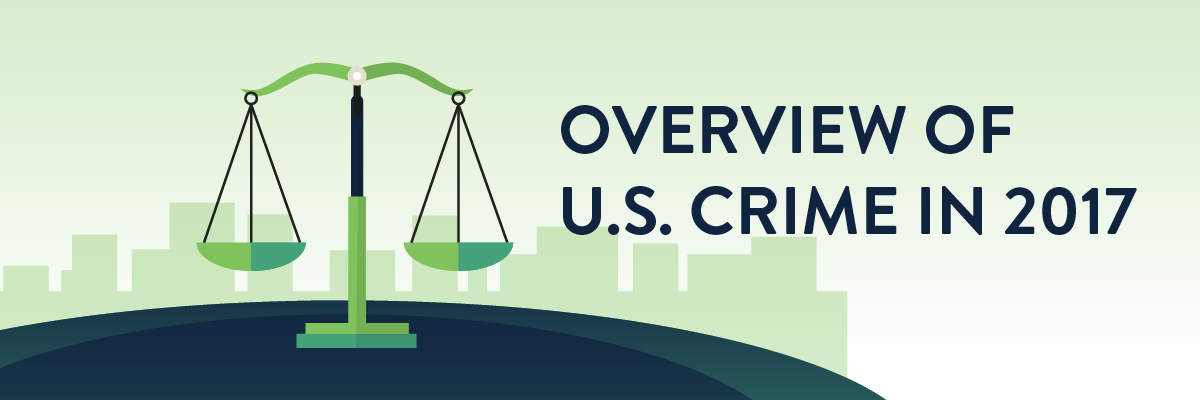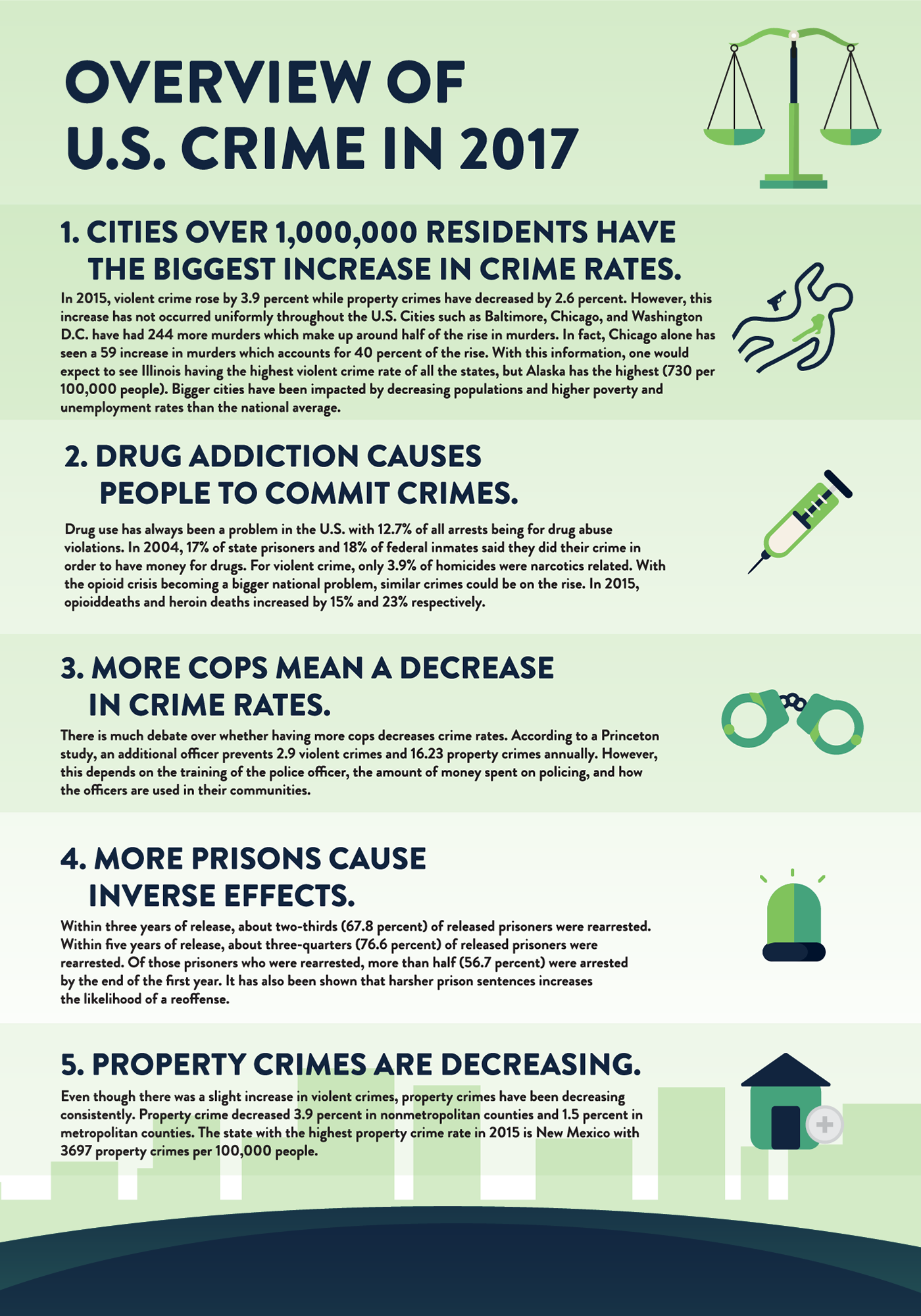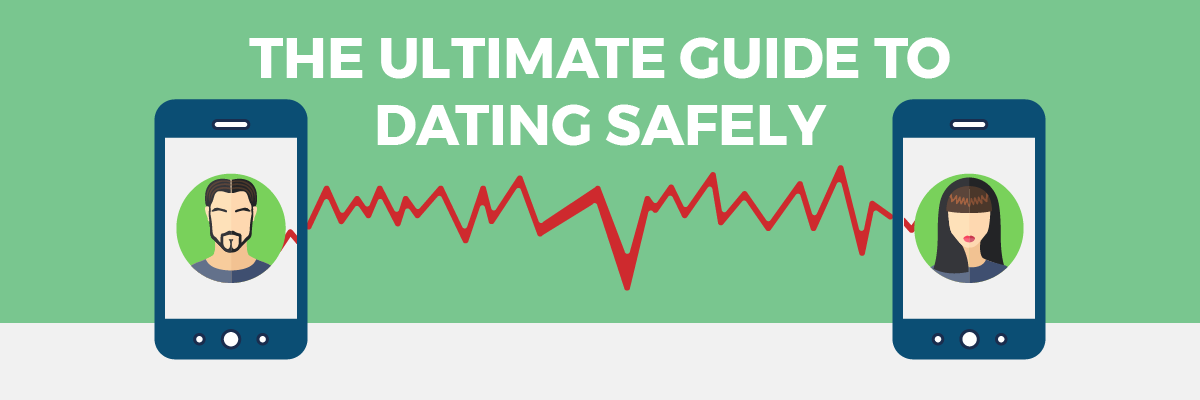0

The world is smaller than ever before. Cheapening costs, the unprecedented ease of communication and spread of information complements of the internet and social media, (relative) global peace and competition for the most striking, exotic Instagram posts have all contributed to a dramatic surge in international travel in recent years, with travel bloggers being in the top 5 users of Instagram stories.
International tourist arrivals hit a record 1.2 billion in 2015, the sixth year in a row to see growth in the category, and the trend shows no signs of slowing. As travel to countries once considered remote and mysterious, such as Vietnam or Burma, has grown increasingly common, the buildup of tourist infrastructure, i.e., hostels, pizza restaurants, homestays, and internet cafes to accommodate the emergent hordes of young backpackers and capitalize on the profit potential, has boomed in tandem. Travel destinations that once felt daring and adventurous now seem mundane and overly congested with likeminded, wanderlust-stricken millennials.
Consequentially, more and more travelers are hoofing it to far-flung, distant locales off the well-trodden backpacker itinerary in search of novel experiences and interaction with alien cultures. In essence, there’s nothing wrong with this, but the bottom line is that there are some countries that people just shouldn’t visit as the potential dangers are just too great. On the opposite side of the spectrum, many find any and all international travel daunting, treacherous and beyond their capabilities.
In order to educate and guide people on both sides of this divide, we’ve ranked 121 countries in terms of their safety for travelers. We’ve based our findings on a number of factors, including crime rates, government travel advisories, the potential for natural disasters, and the competitiveness and sustainability of each country’s tourist industry.
You can find the whole list below, but first we’d like to go in-depth on the top ten most dangerous places to travel, and what makes them so dangerous, in order to dissuade reckless thrill seekers. After that, we’ll run through the top ten safest places to travel in hopes of convincing those wary of 12 hour flights and salads that make liberal use of fish sauce that international travel can be safe and relatively stress free.
Top Ten Most Dangerous Countries for Travel
10. Colombia
While the beautiful, ecologically diverse South American nation has come a long way from its violent late 80’s/early 90’s nadir–when the Pablo Escobar-led Medellin drug cartel waged open war with the federal government, earning it the title of murder capital of the world–tourists heading to Colombia should still take caution.
Despite that fact that formerly dangerous cities such as Bogota and Medellin are now considered safe for travelers, drug cartels and the paramilitary group FARC (boasting an estimated 10,000 members) still maintain control over many remote and forested regions of the country. Even in recent years, FARC has openly battled with the Colombian military, committing kidnappings, trafficking drugs and executing large scale terrorist attacks. Because of this, much of the country is considered off-limits for tourism. Additionally, bus travel on certain highways is strongly discouraged as gangs and ?guerrillas have been known to hijack buses, robbing and even murdering the passengers within.
However, a recent ceasefire between FARC and the Colombian government is cause for hope, as the group has promised to lay down its arms and discontinue its terrorist practices. What’s more, Colombia’s 2016 homicide rate of 24.4 out of 100,000 is the lowest since 1974. Tourists should not be discouraged from traveling to Colombia and enjoying its beautiful landscapes and vibrant cities, but its best to stick to the beaten path and not venture into high risk areas.
9. Lesotho
The diminutive African nation of Lesotho, located entirely within the confines of South Africa, is a very dangerous destination for tourists. While organized crime is not a serious issue in the country, high levels of poverty and unemployment have led to extremely high crime rates and travelers are frequently targeted in assaults and robberies, even in heavily populated areas in broad daylight.
Furthermore, Lesotho has one of the highest HIV rates in the world: an estimated 25% of the adult population are carriers of the virus. Engaging in sexual activity in any fashion is a huge no-no. Compounding the hazards, medical facilities in Lesotho are very poor and ill-equipped. In the case of injury or illness, receiving adequate treatment in the country is a very difficult prospect.
8. Nigeria
In recent years, travel to the West African nation Nigeria has been extremely hazardous and ill-advised. In April 2017, the U.S. Government issued a travel warning cautioning all citizens to avoid all but the most necessary travel to the country due to the high frequency of robberies, sexual assaults and other dangers.
The Islamic fundamentalist group Boko Haram is a dominating presence in the northwest part of the country, and frequently targets churches, schools and government offices in sweeping and catastrophic attacks. In 2015, the fearsome organization achieved the dubious honor of unseating ISIS as the most dangerous terrorist group in the world. Responsible for an unbelievable 6073 deaths in 2014, Boko Haram’s reign of terror should be enough to dissuade anyone from traveling to Nigeria.
It’s a shame since the country’s landscape is rich and biodiverse, offering savannahs, tropical rainforest and mangrove swamps. Moreover, Nigeria’s traditional of art and music is deep and endlessly fascinating. Nevertheless, tourists ought to wait until the threat posed by Boko Haram and other militant groups is dramatically reduced before even considering travel to the country.
7. Burundi
Burundi is another African nation that poses serious dangers to prospective tourists. The U.S. State Department issued a warning in June urging Americans against travel to the country due its shaky political situation and high threat of violence.
Burundi’s borders are porous and poorly defended, resulting in many roving gangs and militia groups from neighboring Democratic Republic of Congo entering at will and launching attacks against Burundians and visitors to the country. The threat is so great that 325,000 Burundians have evacuated their home nation in the past two years for safer neighboring countries.
Because of the chaos and unpredictable vehicular ambushes, roadways are heavily restricted and automotive travel throughout the country is severely limited, if not impossible. That should be enough to discourage travelers from visiting the country for the foreseeable future.
6. Mali
Sadly, Mali is yet another African nation with such a high risk for attacks, armed robberies and other dangers that tourism is simply infeasible. Extremist organizations with links to Al-Qaeda and other jihadist groups have waged an open war of terror in the capital city of Bamako, targeting foreigners in hotels, nightclubs, mosques and other places once considered safe. The Mali government has recently extended its state of emergency due to the situation and, unfortunately, hope for an end to the violence is dim, as terrorist activity in the country is expected to continue or even increase in the near future.
Kidnapping, either for ransom money or for religious motives is also an omnipresent threat, and a number of U.S. citizens are believed to be held captive in the country. In short: stay the hell out of Mali.
5. Mauritania
Mauritania, just west of Mali, is another nation that has been plagued by terrorist violence during the past decade. ISIS and other lethal terrorist groups have a strong foothold in the country, they are known to attack and murder foreigners affiliated with aid groups and western governments without prejudice and have openly declared their intention to continue such practices. Members of christian missionary groups are targets, as well.
The high density of terrorist activity in several portions of the eastern half of the country has provoked the government to declare it a restricted area, and people must obtain special permission from the government in order to travel into the region, although it’s highly unlikely that anybody would like to do so. Best to avoid Mauritania entirely until the situation improves.
4. Chad
Like many of its neighbors, the impoverished Central African nation of Chad is experiencing a wave of violence and terror at the hands of jihadist fanatic groups like Boko Haram and other fearsome paramilitary organizations.
In 2015, Boko Harem kick started a vicious campaign in Chad with an attack on a fishing village on the banks of Lake Chad resulting in several deaths. The Chadian military has engaged in war with the group ever since, to little positive effect. For those not wishing to get caught in the crossfire of this conflict, it is strongly advised that you stay away from Chad for the time being.
Other potential threats to foreign visitors include the regularity of kidnapping for ransom collection and the numerous minefields near the Sudanese border. Plus, it’s really, really hot, disease is rampant, and food is scarce.
3. Pakistan
In a welcome break from impoverished African nations enveloped in conflict with terrorist groups, number three on our list of most dangerous tourist destinations is Pakistan, the South Asian nation known for its decades-old rivalry with neighboring India and as the final hideaway of Osama bin Laden.
However, Pakistan has something in common with the aforementioned beleaguered African countries: it is awash in ideologically motivated violence. Sectarian skirmishes and terrorist bombings targeting civilians are depressingly routine. Suicide bombings with death tolls in the dozens are the norm, not the exception.
This year, several high profile attacks–including a devastating suicide bombing outside a shrine in the historic city of Sehwan took the lives of 90 people and injured over 300 more for which ISIS took responsibility—have brought the country to its knees and prompted the U.S. State Department to issue a stern travel warning urging foreigners living in or traveling to Pakistan to exercise extreme caution. It is clear that foreigners are specifically targeted by terrorist groups in both killings and kidnappings.
Violence is so out of control and unpredictable that many areas of the country are simply off limits to travelers—and significantly—for U.S. government officials as well.
The unfortunate thing is that Pakistanis, by large, are a peaceful and friendly people. The country’s murder rate is considerably lower than that of other countries that many would consider safer, such as Russia, along with many urban areas of the United States.
Nevertheless, strong anti-western sentiment, a pervasive contempt for LGBTQ folks and numerous environmental hazards, including the potential for flash floods and earthquakes to cause serious damage and loss of life in major cities like Karachi (due to crumbling, inadequate infrastructure and nonexistent drainage systems) contribute to Pakistan’s precariousness and instability. Definitely not a backpacker hotspot.
2. El Salvador
A small nation with a infamous reputation for violence, even by Central American standards, El Salvador is a place where danger lurks around every corner.
In part due to a long, demoralizing civil war between El Salvador’s right wing military-centric government (backed by the U.S.) and a number of leftist rebel groups that lasted for twelve years between 1979 and 1992 and resulted in the deaths of tens of thousands, El Salvador is inundated with surplus weaponry and at the mercy of vicious and sadistic street gangs, notably MS-13 and Barrio 18.
These gangs openly engage in kidnapping, drug dealing, car jackings (as well as bus jackings) to a degree that law enforcement simply cannot cope with. Unsurprisingly, El Salvadorians themselves are the biggest victims of the chaos, and a 2016 Central American University poll found that 24.5% of Salvadorians became victims of a violence crime in 2015. While foreigners are not specifically targeted, it’s easy to get caught in the crossfire of a gang war or be preyed upon in a random attack.
In addition to the threat of violence, El Salvador is vulnerable to hurricanes and tropical storms, which cause floods and sudden mudslides.
Even though its murder rate has dipped in recent years, owing to a nationwide military campaign to combat gang activity, backpackers heading through Central America are strongly advised to skip this stop.
1. Honduras
Perhaps it’s no surprise that Honduras comes at number one in the rankings for most dangerous travel destinations. For the past decade, the Central American nation has suffered from one of the worst homicide rates in the world. Since 2017, there have been 47 murders of U.S. citizens in the country, including 4 in 2016, and many more tourists have been robbed or assaulted, even in resort areas and other places considered safe.
Much of the violence is attributed to the presence of dominant street gangs such as MS-13 unhesitant to use extreme measures such as kidnapping, home invasion and even holding up public buses in order to amass funds. The gangs even control a number of the taxi services, and use that to their advantage to rob and extort unwitting customers. While criminal organizations in many countries tend to leave tourists alone, in Honduras, everyone is a target. What’s worse, the underfunded, ill-equipped police force does not have the resources to effectively fight back.
Honduras’s roads are another hazard: they are poorly maintained and traffic signs are imprecise or simply nonexistent. Local drivers often fail to obey traffic rules, speeding and passing in dangerous situations. Defense driving is a must.
Although there signs of improvement; the 2016 homicide rate of 59.1 murders per 100,000 people is down from 2011’s whopping 86.5 per 100,000, its best for tourists to avoid this country altogether.
Now that all you thrill junkies are sufficiently chastened, let’s count down the top ten safest countries for tourism.
Top Ten Safest Countries for Travel
10. Australia
The “land down under” is one of the safest destinations in the world for travelers. Compared to the United States, crime rates are very low, particularly for violent crime, as the U.S.’s rate of 4.7 incidents per 100k is a whopping four times higher than Australia’s. Furthermore, Australia’s homicide rate has steadily decreased in recent years, hitting a record low of 1 per 100,000 in the most recent findings. Tourists can rest easy knowing that the chances of being assaulted or killed in the country are next to none.
Australia is also generally safe from the threat of natural disasters, although occasional heat waves and bush fires in the country’s arid interior have been known to take lives. And while the country is infamous for being home to some of the most poisonous animals in the world, like the box jellyfish, with venom that can shut down a person’s nervous system in minutes, as well as 21 of the 25 most poisonous snakes in existence, very few people die each year from animal bites or stings. Exercising the proper caution should keep you safe. Perishing in a car crash is far more likely.
9. Norway
Norway–along with the rest of its Scandinavian neighbors–is extremely safe and violent crime is nearly unheard of. Police in the country don’t even carry guns. Despite the one dark spot in the nation’s recent history, travelers to the icy northern land can count on safety and the opportunity to interact with some of the most friendly and helpful people on earth.
The one area for concern is Norway’s frosty climate. According to the U.S. State Department, road conditions outside of Oslo can be treacherous, depending on weather conditions. Exposure is another concern, so don’t get drunk and pass out in a snow bank.
8. Canada
It is often claimed that that Canucks have a rate of gun ownership comparable to that of the United States, but with a drastically lower homicide rate. This is not quite true, as the U.S.’s 89 guns per 100 residents is far higher than Canada’s 31 per 100k, but it is true that the discrepancy in murder rates is significant. At around 2 per 100k, Canada’s homicide rate is less than half of its southern neighbor.
While there are some pockets of Toronto that might be considered less than safe, tourists would really have to go out of their way to find themselves in a dangerous situation. Canada is an overwhelmingly safe travel destination.
Reading that thousands of avalanches occur in Canada each year may seem concerning, but they mostly occur in remote northern areas where no reasonable person would set foot and pose no significant threat to travelers. Like Norway, the one noteworthy concern is the temperature. It can get pretty cold, so be sure to pack those long johns.
7. Germany
Yes, the recent influx of Syrian refugees into Germany has perpetuated something of a panic, but the actual threat posed by the recent migrants is drastically lower than sensationalist news media outlets would lead you to believe. Germany is a very safe country, and its people are honest to a fault and most would not think of scamming or misleading a visitor to the country.
Additionally, its geographical location protects Germany from any sort of natural disaster. The country is so short on threats that the U.S. State Department actually warns about roving bands of “hooligans” (their words, not mine), so I suppose that’s something to lookout for. Perhaps it’s best to steer clear of the area around Volksparkstadion stadium in Hamburg after the beloved Hamburger SV football club suffers a heartbreaking loss against traditional rivals, Werder Bremen.
6. France
In recent years, France has suffered several devastating terrorist attacks, the most severe of which being the heartbreaking 2015 mass shooting at the Bataclan theatre that coincided with several other bombings in Paris on the same day.
With these notable incidents in mind, it may be hard to believe that France belongs in a list of the top ten safest tourist destinations. However, France is the most visited country in the world, attracting over 80 million tourists from all over the world in a given year. The overwhelming majority (99.99% or more) of these travelers enjoy their trips in complete safety, thanks to a well-developed tourist infrastructure and a very low crime rate.
Of course, terrorist attacks command public attention and stoke fear; that is what they are designed to do. Nobody should be criticized for factoring these incidents into their travel plans, but it’s important to consider the extreme statistical unlikelihood of becoming a victim in such an attack. By most statistical measures, American visitors to France are safer during the duration of their trip than they are in their daily lives back home.
5. United Kingdom
As with France, several high profile incidents of terror have rocked the U.K. in the past half-decade, yet also like France, the country (yes, it’s technically one country, but also, like, several countries at the same time?) is overwhelmingly safe, statistically speaking, drawing tens of millions of visitors a year that tour the country without incident.
From 2000 to 2017, 126 people were killed in the United Kingdom as a result of terrorist attacks. By contrast, 372 were killed in such attacks in 1988 alone.
It may seem like I’m beating this to death, but it’s important to stress how media coverage and fearmongering distorts our perception of the actual potential for danger.
By any approximation, the U.K. is a safe place: the homicide rate is super low, gun ownership is practically non-existent (handguns are completely illegal), temperatures are mild (if a bit nippy), and dangerous and/or poisonous animals are nowhere to be found unlike its former prison colony across the globe.
4. Spain
Analogous to its Western European neighbors, Spain is a very safe country for tourists to visit. The birthplace of flamenco music and cold, refreshing gazpacho reported a 2016 homicide rate of just 0.66 people out of 100,000, good enough for second lowest in the EU and besting those of the eminently safe East Asian nations of Taiwan and South Korea. Also, Spain has somehow avoided steered clear of large scale terrorist attacks like those occurring in France and the U.K recently.
Considering the sheer of volume of foreign visitors (including those who work online jobs while traveling), Spain attracts each year without incident, Spain has a remarkable safety record. Travelers to the nation have very little to worry about, other than a heightened risk of pickpocketing and other petty crime in some touristy areas.
3. Japan
There are few countries on Earth where one can leave a bike unlocked in public for a week and come back to find it untouched, but Japan is one of them. For myriad reasons, the Land of the Rising Sun is one of the safest travel destinations on the planet. Theft is nearly unheard of, drug use is extremely scarce (and heavily punished) and the homicide rate of about 0.3 people per 100,000 is among the lowest in the developed world. Crime and murder are so suspiciously rare that a wealth of academic studies have been published in hopes of determining the reason behind it.
With an uber-friendly, polite (albeit shy) populace and virtually zero chance of becoming the victim of a crime, it goes without saying that Japan is nearly unparalleled in terms of safety for tourists. The only knock against it is its vulnerability towards earthquakes and tsunamis.
2. Singapore
World famous for its spotless sidewalks, broad-spectrum orderliness and–let’s face it,–draconian punishments for relatively minor crimes, Singapore is definitely one of the safest countries in the world. As long as people don’t spit gum out on the street or spray paint a train car—criminal offenses that may illicit a caning in the small city state–travelers would be hard pressed to find a more secure travel destination on the planet.
Whether you agree with the Singapore government’s authoritarian approach or not, the fact that its crime rates are basically the lowest in the world are evidence that it is effective. The one area of concern, according to Singapore law enforcement, is the recent increase in online scams, particularly sex-for-credit scams, but only lonely suckers fall for those.
1. Hong Kong
Technically a part of China, but with its own distinct laws, government and culture, Hong Kong is another East Asian destination where a woman or man can walk any street at any time of day or night without fear. With low (and continually declining) crime rates comparable to those of Japan and Singapore, yet without the authoritarian government of the latter or the risk of natural disaster in the former, Hong Kong is the safest place for tourists on Earth.
With a substantial and well-developed tourist sector, widespread use of English, and a fast, efficient and modern subway system, travelers to Hong Kong will continuously feel at ease.
The one strike against Hong Kong’s safety rating is its vulnerability to disease epidemics, as in the case of the 2003 SARS scar. This vulnerability stems from its humid, subtropical climate, high population density, and proximity to the Guangdong Province of China, where people eat anything that has four legs that isn’t a table and everything that flies that isn’t an airplane, culinary tendencies that increase the likelihood of a virus transferring from animal to human. Still, such outbreaks are few and far between, and not enough to knock Hong Kong off from its perch as the safest place to travel.
The following metrics were taken into account when creating this ranking: Crime, Security, Tourism, and Natural Disasters.
| Rank (safest to dangerous) | Country |
| 1 | Hong Kong SAR |
| 2 | Singapore |
| 3 | Japan |
| 4 | Spain |
| 5 | United Kingdom |
| 6 | France |
| 7 | Germany |
| 8 | Canada |
| 9 | Norway |
| 10 | Australia |
| 11 | United Arab Emirates |
| 12 | Sweden |
| 13 | United States |
| 14 | Italy |
| 15 | Switzerland |
| 16 | Finland |
| 17 | Austria |
| 18 | New Zealand |
| 19 | Ireland |
| 20 | Iceland |
| 21 | Malta |
| 22 | Denmark |
| 23 | Netherlands |
| 24 | Luxembourg |
| 25 | China |
| 26 | Greece |
| 27 | Portugal |
| 28 | Malaysia |
| 29 | Qatar |
| 30 | Belgium |
| 31 | Estonia |
| 32 | Croatia |
| 33 | Czech Republic |
| 34 | Panama |
| 35 | Indonesia |
| 36 | Chile |
| 37 | Cyprus |
| 38 | Bulgaria |
| 39 | Poland |
| 40 | Barbados |
| 41 | Slovenia |
| 42 | Bahrain |
| 43 | Costa Rica |
| 44 | Mauritius |
| 45 | Hungary |
| 46 | Azerbaijan |
| 47 | Lithuania |
| 48 | Latvia |
| 49 | Argentina |
| 50 | Brazil |
| 51 | India |
| 52 | Thailand |
| 53 | Peru |
| 54 | Morocco |
| 55 | Turkey |
| 56 | Jordan |
| 57 | Armenia |
| 58 | Kuwait |
| 59 | Bhutan |
| 60 | Kazakhstan |
| 61 | Montenegro |
| 62 | Oman |
| 63 | Georgia |
| 64 | Romania |
| 65 | Tunisia |
| 66 | Botswana |
| 67 | Sri Lanka |
| 68 | Albania |
| 69 | Ecuador |
| 70 | Vietnam |
| 71 | Uruguay |
| 72 | Rwanda |
| 73 | Saudi Arabia |
| 74 | Tanzania |
| 75 | Trinidad and Tobago |
| 76 | Serbia |
| 77 | Gabon |
| 78 | Zambia |
| 79 | South Africa |
| 80 | Senegal |
| 81 | Ghana |
| 82 | Israel |
| 83 | Mexico |
| 84 | Namibia |
| 85 | Bosnia and Herzegovina |
| 86 | Uganda |
| 87 | Cambodia |
| 88 | Benin |
| 89 | Bolivia |
| 90 | Malawi |
| 91 | Tajikistan |
| 92 | Mongolia |
| 93 | Ethiopia |
| 94 | Zimbabwe |
| 95 | Moldova |
| 96 | Ukraine |
| 97 | Lebanon |
| 98 | Dominican Republic |
| 99 | Kenya |
| 100 | Nicaragua |
| 101 | Cameroon |
| 102 | Nepal |
| 103 | Sierra Leone |
| 104 | Madagascar |
| 105 | Paraguay |
| 106 | Mozambique |
| 107 | Bangladesh |
| 108 | Jamaica |
| 109 | Philippines |
| 110 | Guatemala |
| 111 | Algeria |
| 112 | Colombia |
| 113 | Lesotho |
| 114 | Nigeria |
| 115 | Burundi |
| 116 | Mali |
| 117 | Mauritania |
| 118 | Chad |
| 119 | Pakistan |
| 120 | El Salvador |
| 121 | Honduras |








